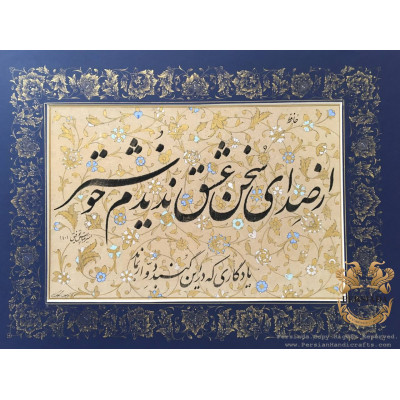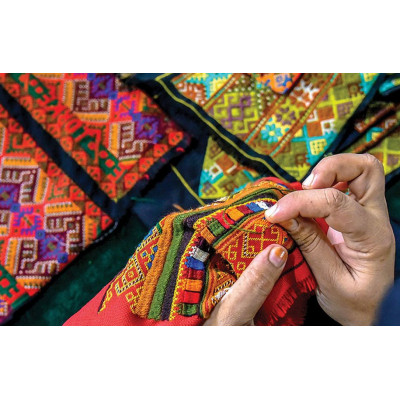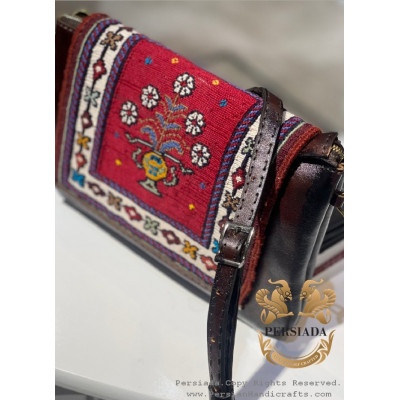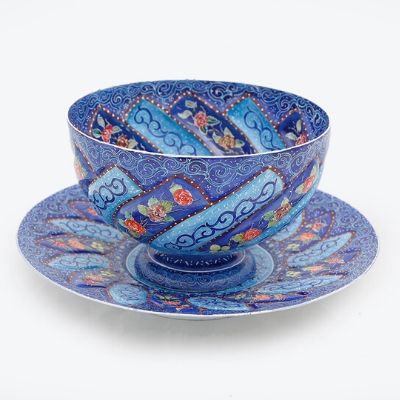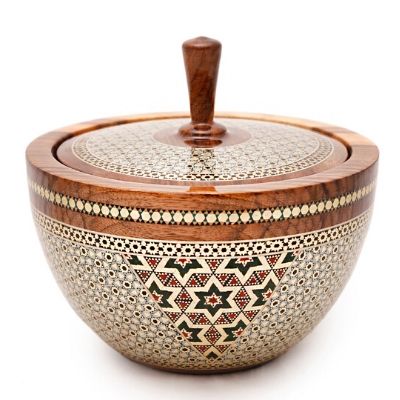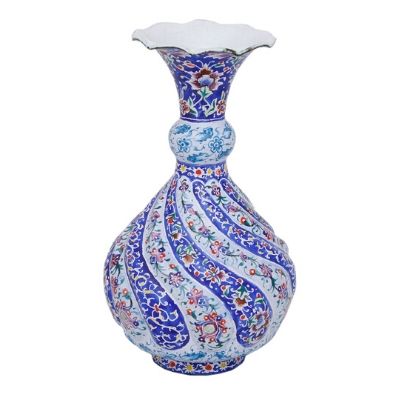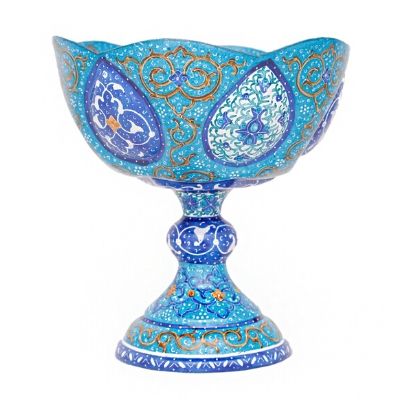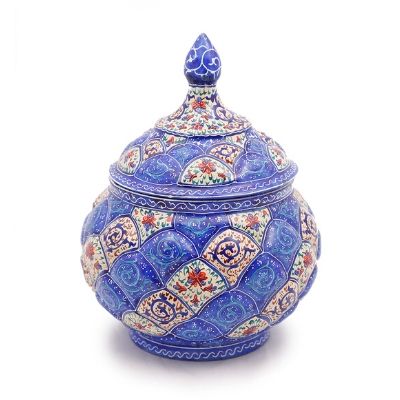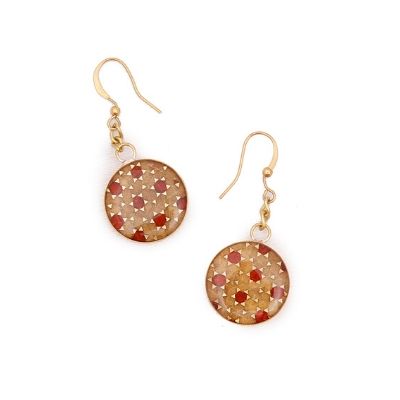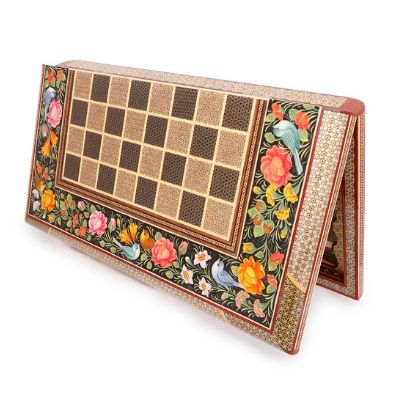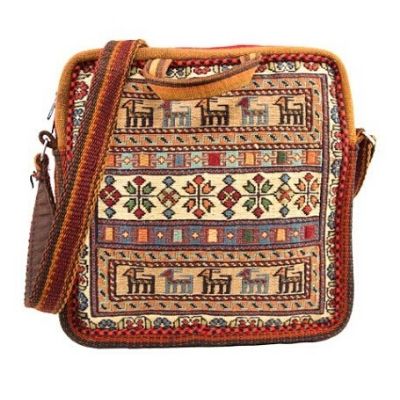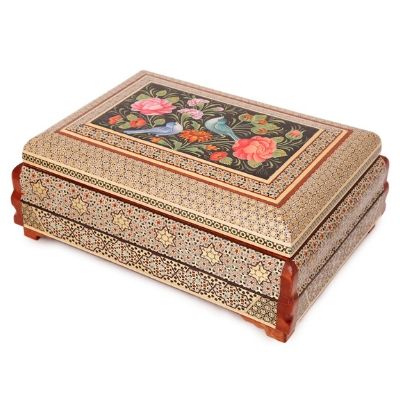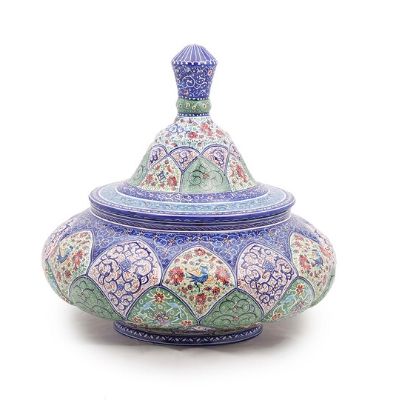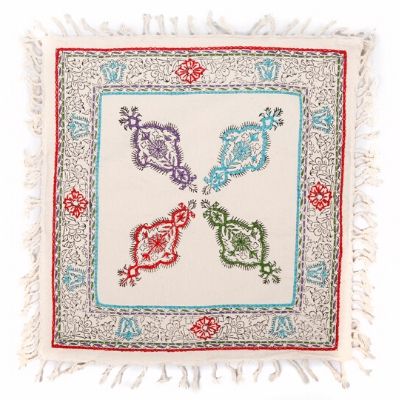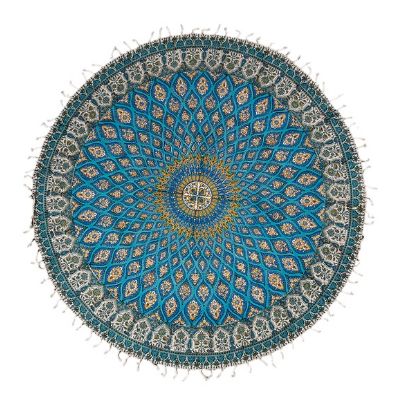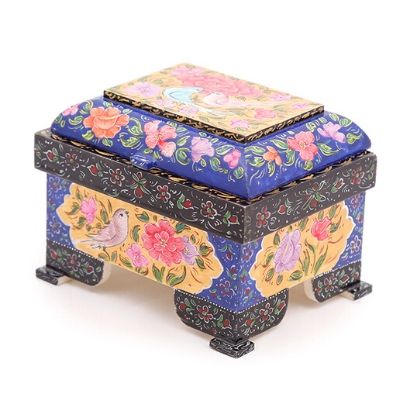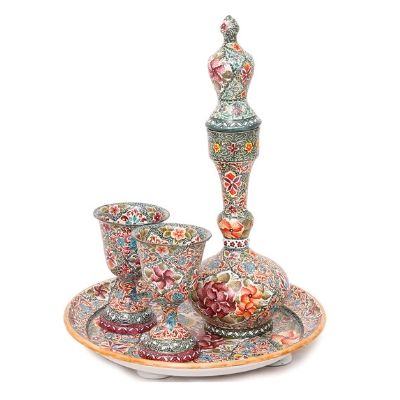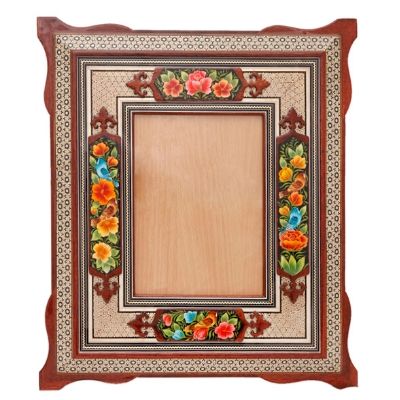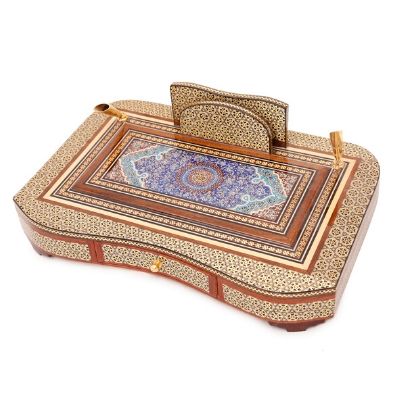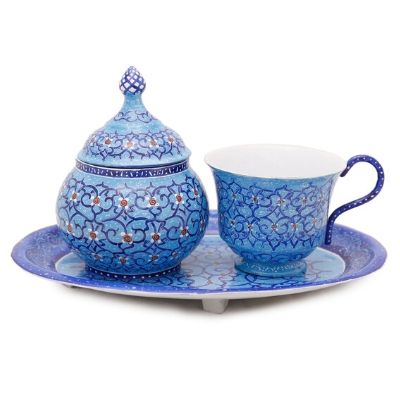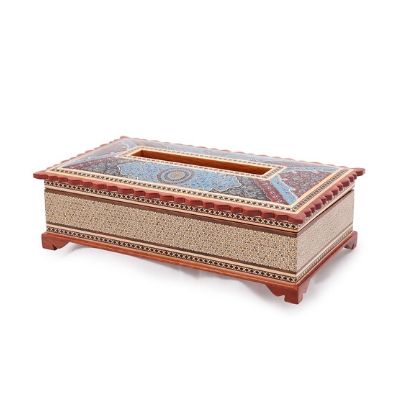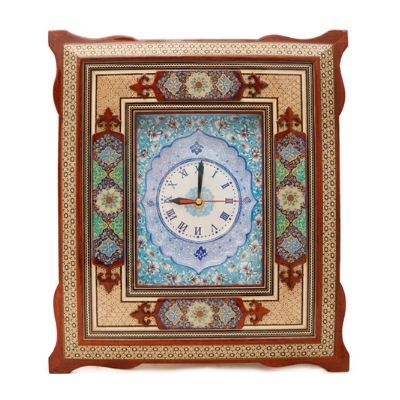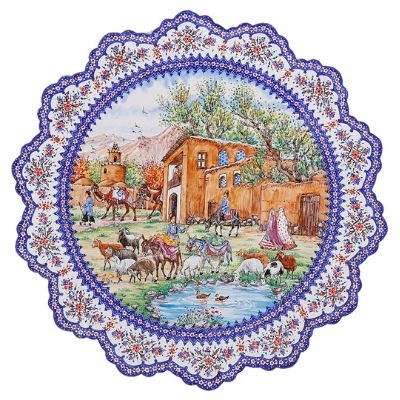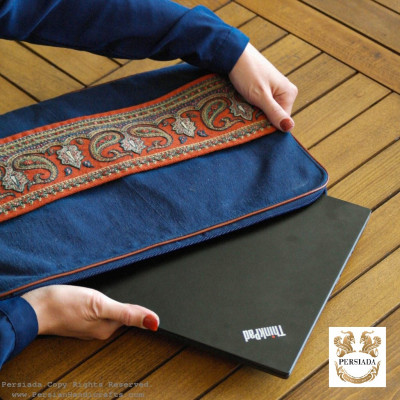Over the last few years, many people asked me how I came across the Persian Handicrafts business?
Well, that is an excellent question, and I have decided to write a post on this plus a little more information, which could make this post even more enjoyable!
All about Persiada started in March 2014. I was actively looking for a second chance to further push my entrepreneurial ideas in an online/internet business form. After careful analysis of the pros and cons of possible opportunities, I had only two options: The Persian Rug and The Persian Handicrafts. To some extent, this selection may have been because my father has been selling luxury Persian Rugs for over three decades in Tokyo.
Authentic Persian Rugs could be very expensive (min $2000), and it is always recommended to see and touch the rug before buying it. For example, a Qum rug is usually handmade from silk. Silk rugs tend to show different colours (brighter or darker) under other lighting conditions. Hence one may buy a silk rug online, and its actual colour does not match the one shown in the photos. Persian Handicrafts are luxury crafts but much less known globally. Although its prices are relatively high, their art is unique.
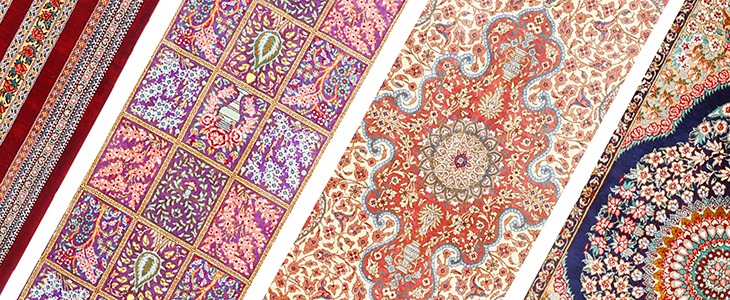
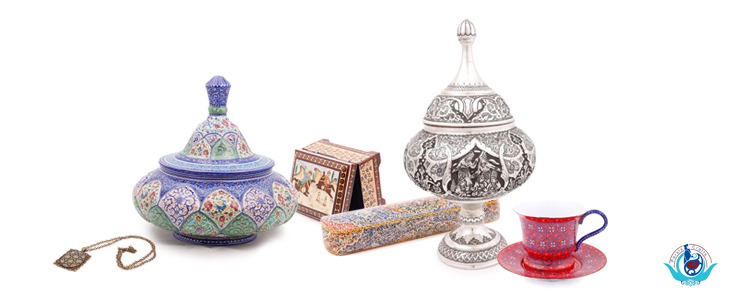
What is so Special about Persian Handicrafts?
Unlike crafts from other countries, Persian Handicrafts presents more intense and detailed handwork, making them stand more luxury. Persian handicrafts are often made from expensive materials such as copper, silver, quality wood, camel bone, pure cotton, wool and silk. The art of painting, engraving, weaving, and generally making Persian crafts requires hours, days, or even months to finish one craft. However, these are not all the reasons but just sufficient to clarify why Persian Handicrafts prices are relatively higher than those made in other nations. It may be worth mentioning that over 3000 years of Persian Civilization could play an important role in Persian Handicrafts.

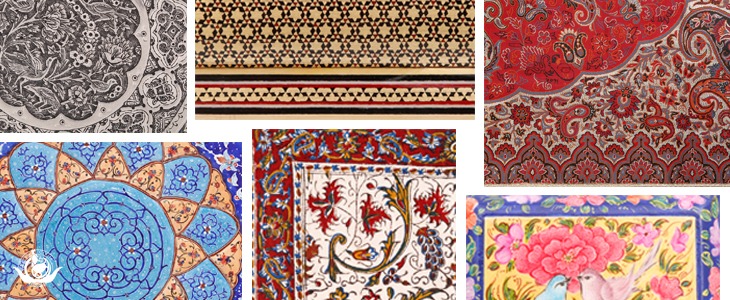
Each city of Iran has its unique handicrafts, and the taste and the spirits behind them are very different and distinguished. However, some of these beautiful crafts are only suitable and purposely made for the taste of the local market in Iran. However, some cities like Isfahan, Shiraz, Hamedan, Zanjan offers handicrafts that are better recognised by the global community. This may be because of the similarity between Persian Handicrafts and their western counterparts. For example, Persian Miniature has some resemblance to the western illuminated manuscript or Persian Khatam Kari is a more sophisticated version of the western marquetry with multilayer inlaying. Ghalamkar is a known hand printed tablecloth mixed with Persian symbols, or Minakari made for many years by Egyptians and Chinese.
Many tourists first discover the Persian Handicrafts when they travel to Iran. Over recent years, the amount of tourists visiting Iran has increased, and consequently, its impact on Persian Handicrafts can be readily seen. Due to the specific problems, Persian Handicrafts are not yet known globally.
I hope I could made it more clear why I chose Persian Handicrafts as my main passion. In part II of this post, I will tell you the key points that make Persiada Persian Handicrafts a fantastic place.
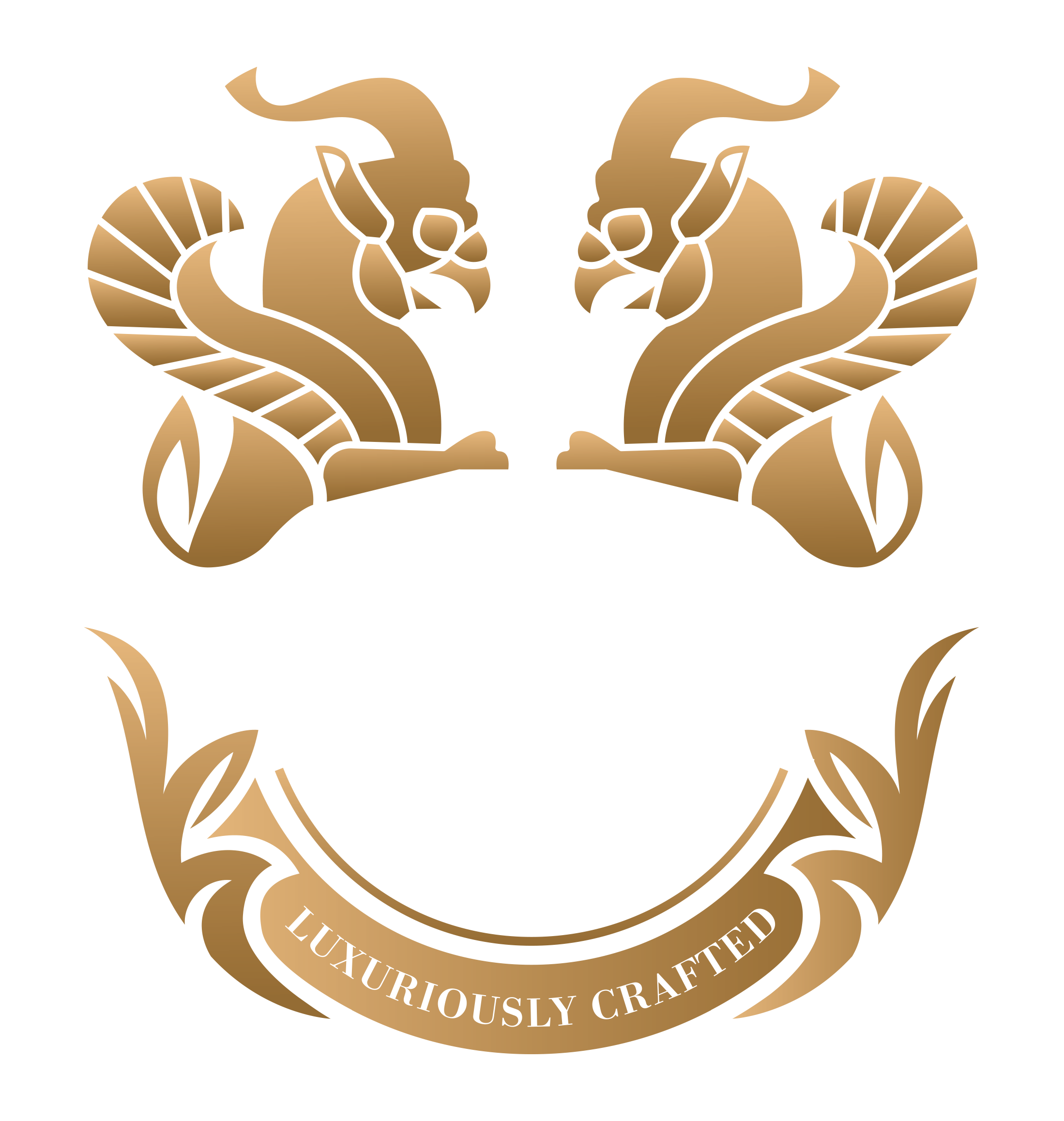
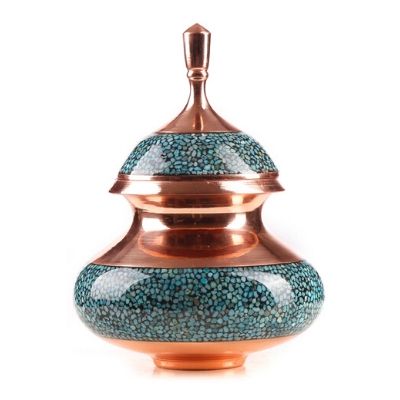
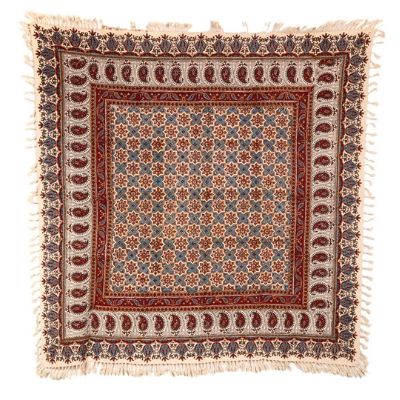
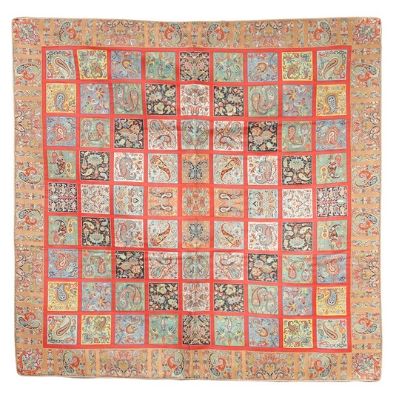
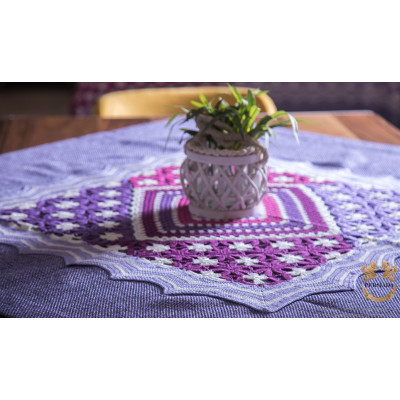
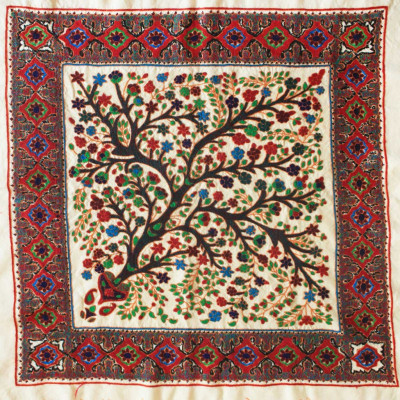
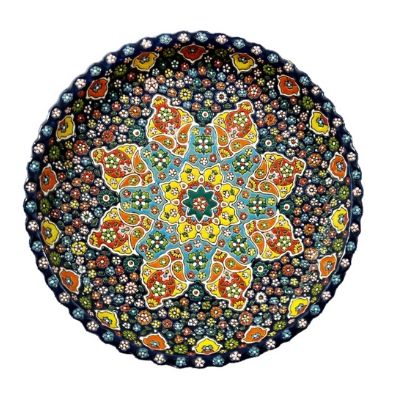
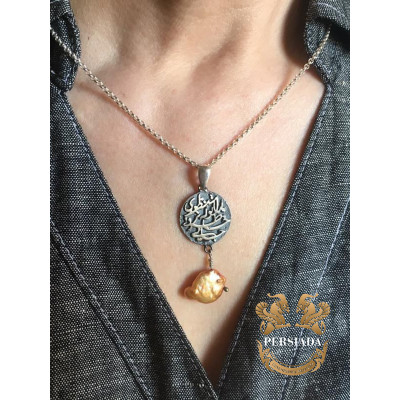
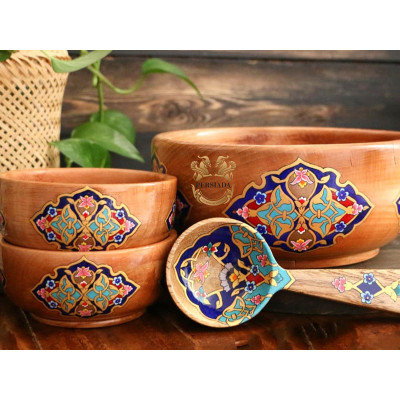
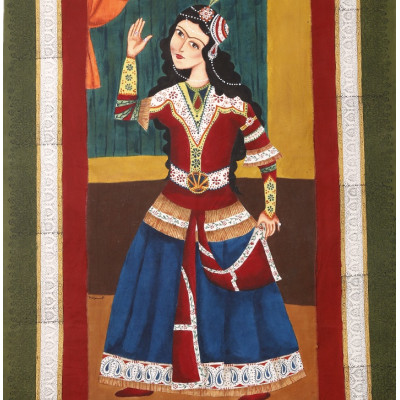
-400x400.png)
